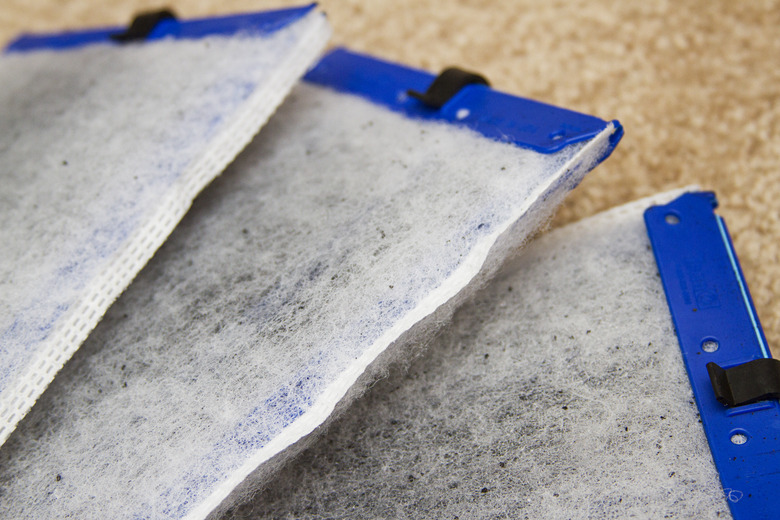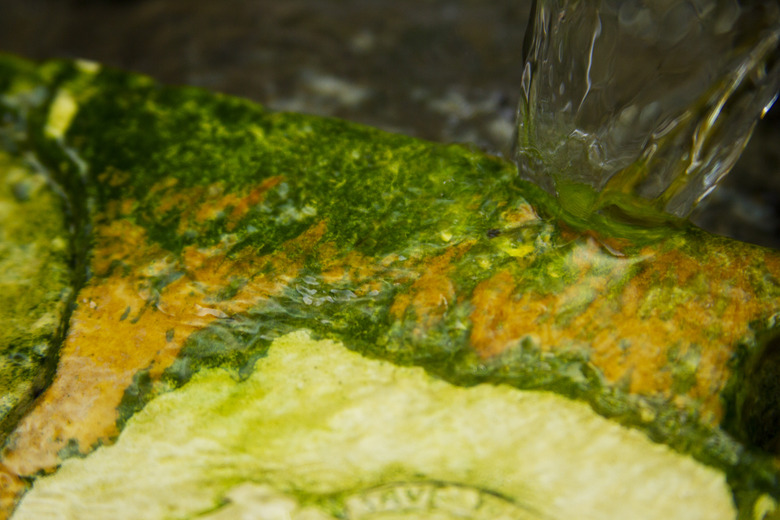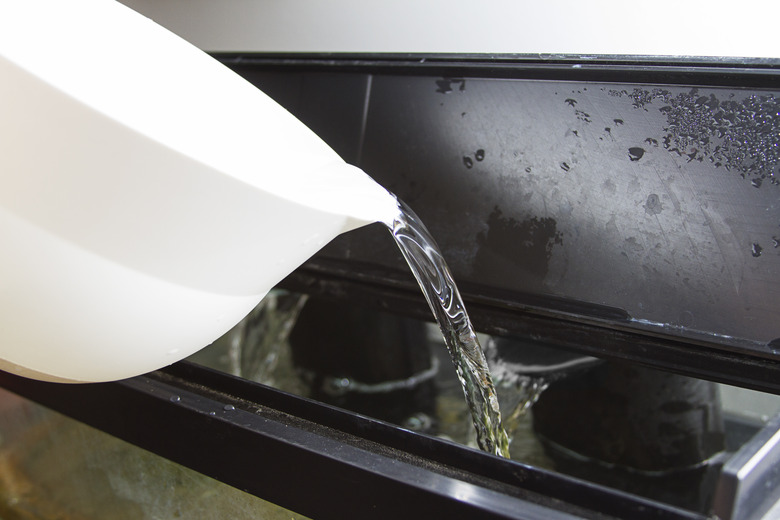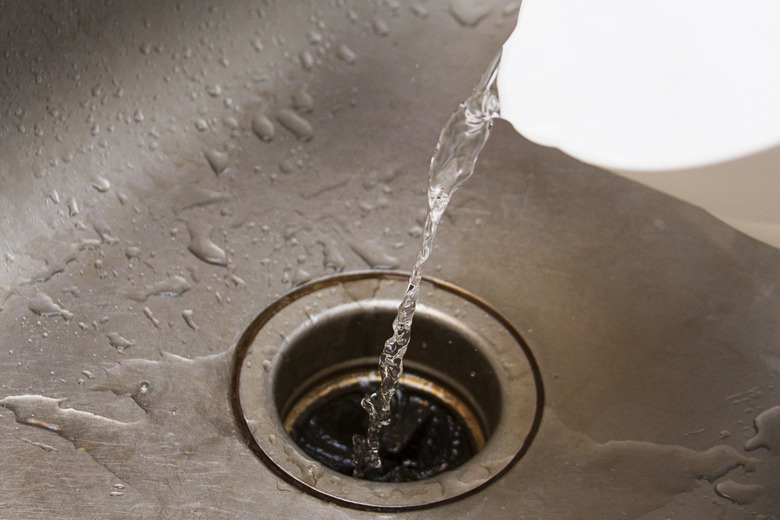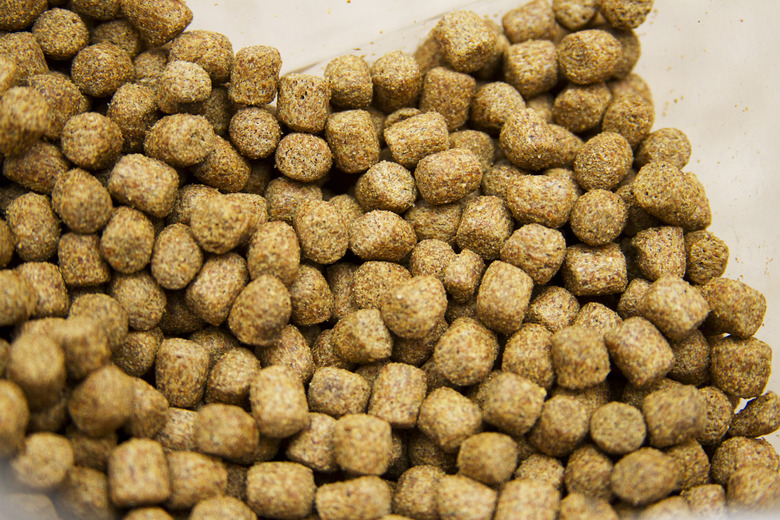How To Keep Turtle Tanks Clear
By using suitable filters, introducing algae-eating critters and conducting partial water changes, you can keep a turtle's tank clear. Regulating the number of turtles living in the tank and feeding your captives small food pellets also help improve water clarity. Clean tank water is more aesthetically pleasing, and it helps ensure that your turtles stay healthy.
Use an Appropriate Filter
Use an Appropriate Filter
The most important step in keeping your turtles' tank clear is using a suitably powerful filter. Generally speaking, turtles are much messier than fish. They produce more solid waste, which clouds the water and feeds microscopic organisms. To avoid such problems, use a filter rated for twice the amount of water in the tank. In other words, use a filter rated for a 200-gallon fish aquarium to clean the water in a 100-gallon turtle aquarium. The type of filter you use is not important, but most keepers prefer canister-style filters.
Reduce the Algae
Reduce the Algae
Algae is essentially harmless to turtles — some may even develop a coating of algae on their shells — but it compromises the aesthetics of your tank. By conducting periodic partial water changes and filtering the water well, you can reduce some of the algae, but it is important to also prevent sunlight from striking the tank, as sunlight encourages algae growth.
You can incorporate algae-eating animals, such as snails and plecostomuses (Hypostomus plecostomus), but your turtles may dine on these creatures, so it may be necessary to replace them over time.
Avoid Overcrowding the Tank
Avoid Overcrowding the Tank
As the saying goes, "dilution is the solution to pollution." This means that by increasing the amount of water in the tank, you can keep the water looking clearer. Just as placing too many fish in an aquarium can compromise the quality of the tank's water, keeping too many turtles in a tank can make it difficult to keep the water clean. As a rule of thumb, each adult turtle requires about 50 to 75 gallons of space. Accordingly, three adult red ear sliders (Trachemys scripta elegans) require a 150- to 200-gallon aquarium.
Conduct Partial Water Changes
Conduct Partial Water Changes
Regardless of how powerful your filter is, you should also conduct partial water changes on a regular basis. To do so, scoop out about one-third of the tank water with a bucket and discard the water. Then, replace the removed water with fresh, dechlorinated water. Repeat this process every one or two weeks.
Feed Smaller Food Pellets
Feed Smaller Food Pellets
When a turtle crunches down on a large food pellet, innumerable crumbs spread through the tank. These crumbs feed microorganisms and otherwise foul the water. To avoid this problem, feed your turtles bite-size pellets that fit whole inside your turtles' mouths. The turtles will still produce some crumbs and debris, but they will not produce nearly as much as they will biting chunks off larger pellets. If you have trouble finding small pellets for your turtles, purchase pellets designed for hatchlings.

